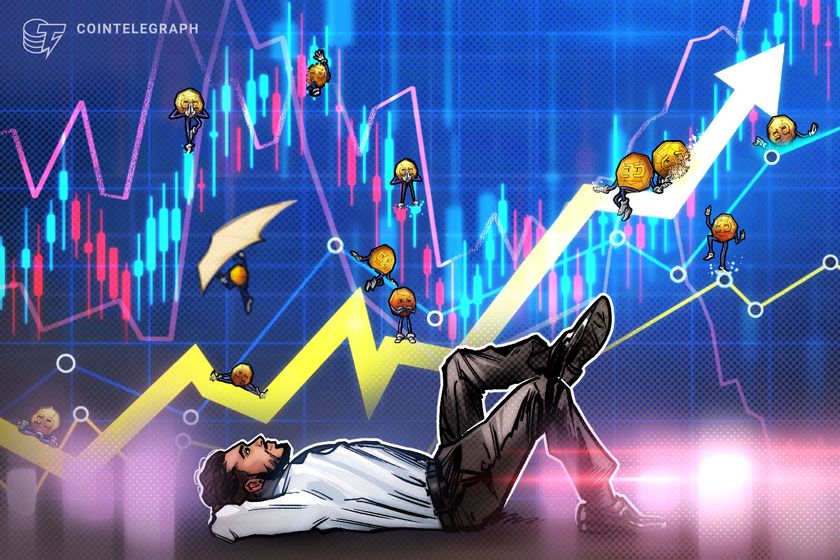
Aave price risks a 25% plunge as a classic bearish reversal pattern emerges

A handful of concerning factors, plus AAVE’s correlation with the Nasdaq, increases the possibility of the altcoin undergoing another massive sell-off.
Technical analysis suggests that a recent uptrend in the price of Aave (AAVE) is showing signs of exhaustion based on early development of a classic bearish reversal pattern.
Is AAVE headed to $70?
Dubbed a “rising wedge,” the pattern surfaces when the price rises inside a range defined by two ascending, converging trendlines. As it happens, the trading volume declines, pointing to a lack of conviction among traders when additional buying is needed for continued upside momentum.
Therefore, falling wedges typically result in a bearish breakout where the price breaks below the pattern’s lower trendline and falls by as much as the maximum distance between the wedge’s upper and lower trendline.
AAVE has been painting a similar pattern amid its sharp upside move from nearly $61.50 on May 12 to over $93.50 on May 17. If a sustained breakdown pans out, AAVE will fall by at least $27, which is the wedge’s maximum height, as shown in the chart below.

This puts AAVE en route to around $70, down about 25% from the current price at $89.20.
Related: Bitcoin macro bottom ‘not in yet’ warns analyst as BTC price holds $30K
Bearish headwinds persist
The bearish setup for AAVE appears in the wake of the crypto market’s ongoing strong correlation with U.S. equity markets.
The daily correlation coefficient between AAVE and the tech-heavy Nasdaq 100 stood at 0.91 as of May 17, underscoring that the two markets have been moving in a near-perfect tandem.
At the core of their synchronous trends is the Federal Reserve’s ultra-hawkish monetary policies, including the recent 0.5% hike in benchmark interest rates, against rising inflation.

Fear of continued sell-off remains as Wall Street veterans warn about a looming recession.
According to Lloyd Blankfein, the former CEO of Goldman Sachs, higher interest rates, coupled with supply chain issues, fresh lockdowns in China and the conflict in Ukraine could keep inflation high. The persistent combination of these factors is likely to make the Federal Reserve keep its hawkish policies and the knock-on-effect is a reduction in U.S. economic growth.
Similarly, Michael J. Wilson, Morgan Stanley’s chief U.S. equity strategist and CIO reiterated the same catalysts while predicting a 15% decline in the benchmark S&P 500 index. As a result of its correlation with cryptocurrency, AAVE also risks similar downside moves heading further into 2022.
The views and opinions expressed here are solely those of the author and do not necessarily reflect the views of Cointelegraph.com. Every investment and trading move involves risk, you should conduct your own research when making a decision.
Go to Source
Author: Yashu Gola









